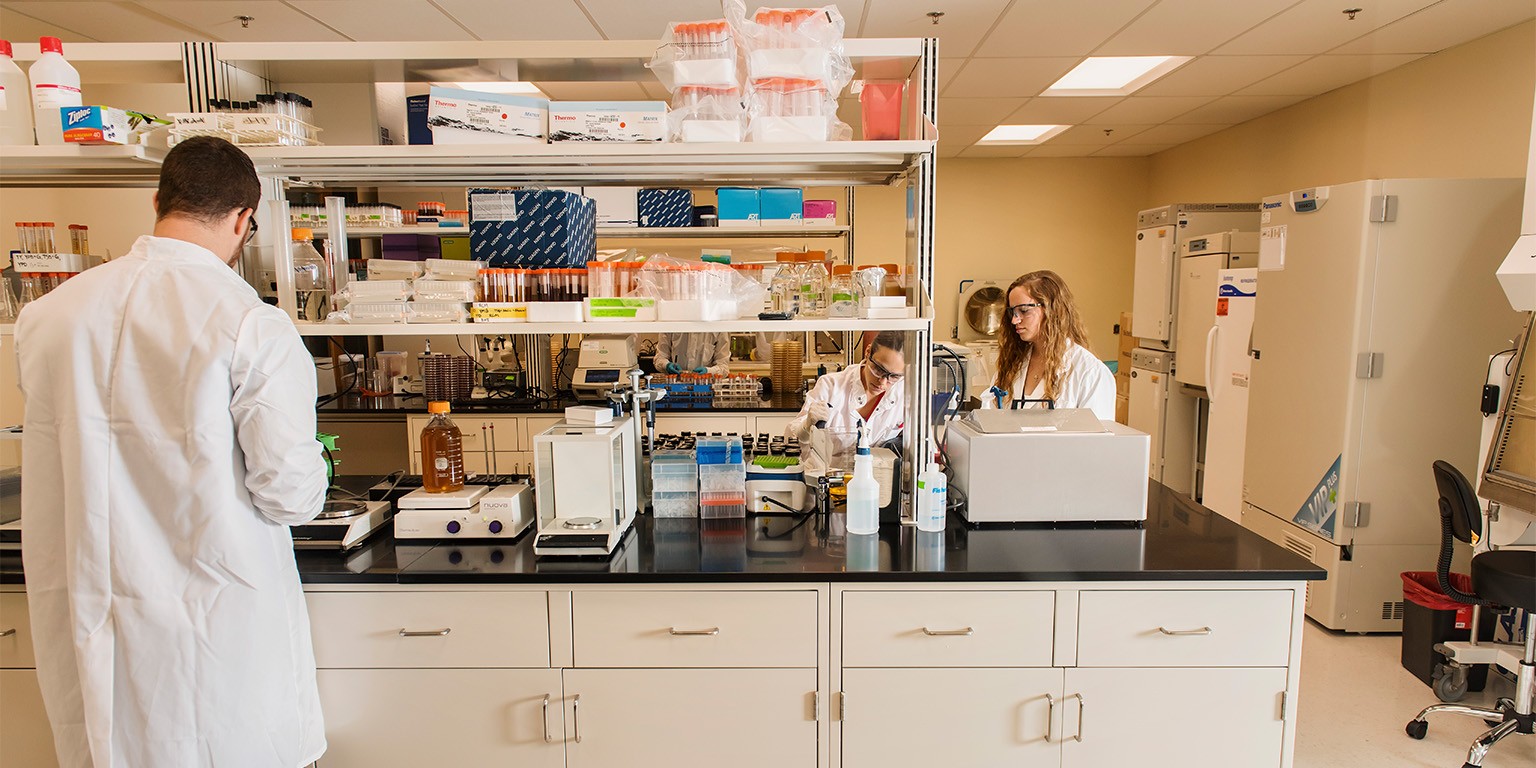United Animal Health (UAH) is a leader in developing and delivering animal nutritional and health products to the livestock industry. UAH works very closely with it’s R&D partner company, Microbial Discovery Group (MDG) in producing leading-edge offerings that promote healthy livestock growth.
Both companies share a passion for the important part they play in the global food supply chain. Naturally, that same passion can lead to differing opinions about the direction MDG should take in developing new products for UAH to distribute.
Can Big Issues Like This Be Solved in 2 Days?
When they originally contacted Impact, the combined UAH/MDG team faced the following challenges:
- Too many projects were in the R&D pipeline, with no agreement as to which should be accelerated or killed
- There was no clear vetting process for new ideas – if something sounded good, it usually got put onto the list
- Products often under-performed –not due to any lack of inherent value –but due to overly-technical communication about the products that failed to excite customers.
UAH and MDG asked Impact to facilitate a session and help them apply a disciplined marketing approach to solve these challenges. While there was optimism that the engagement would help, especially with the prioritization problem, there was legitimate skepticism about how much progress could be made in the initial 16 hours of workshop sessions.

How The Right Pre-Session Design Decisions Can Virtually Ensure Success
Prior to the session, Impact spent significant time in discussion with the two companies in choosing the right topics and tools. With a lot of ground to cover – and with executives from both companies participating in the sessions –there was no time to waste. The final selection included tools to prioritize markets (scoping tools), assess the evolving needs of customers in those markets, and to strategize and prioritize the most important, customer-centric R&D projects.
But the most important pre-session decision was creating the structure of the working teams. Consistent with all Impact engagements, the bulk of the workshop time was to be spent applying the selected strategy tools to the livestock market. It was decided that each working team would include members from both UAH and MDG. It was clear right away that these intra-company conversations were going to be more focused than in the past.
“The Impact tools lead you to ask the right questions about your customers, markets and competitors,” said Eric Farrand, Global Vice President of Sales for UAH. “The breakout group conversations became very focused very quickly, and we all came to understand each other’s perspective”.
“The best part was that the tools always require you to make a decision about something – which markets represent the most potential, which customer needs are most pressing, which R&D projects should be funded or stopped. The conversations were intense and passionate. But we always reached a consensus and were fully aligned on R&D priorities by the end of the session.”
A New Approach Helps Two Partner Companies Successfully Grow Together
The leaders for both groups were thrilled with the output of the initial session. So much so, that a couple of years later, when the alignment between the two companies had slipped a little, they hired Impact for another prioritization workshop.
“We’ve adopted a lot of the Impact methodology in our day-to-day business strategies, which extends beyond our valued partnership with UAH,” said Mike King, CEO of MDG. “In fact, the initial Impact workshop was the impetus for 3 successful new products that we developed and patented. We also learned valuable concepts that we now use to effectively communicate the value of our highly-technical products. Ultimately, though, the biggest benefit of these sessions is the alignment they bring to our relationships with UAH”
Doug Webel, President and CEO of UAH believes the sessions have had a long-term impact. “I believe that the Impact process has transformed how we discuss our projects with MDG on a day-to-day basis. Collectively, we seem to ask the right questions about our customers and markets more frequently. Yes, we occasionally need a reminder of the Impact principles! But ultimately, I feel like the growth of our company has been enhanced by the alignment with MDG and our combined focus on fewer, more impactful development projects.”

